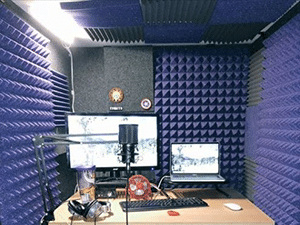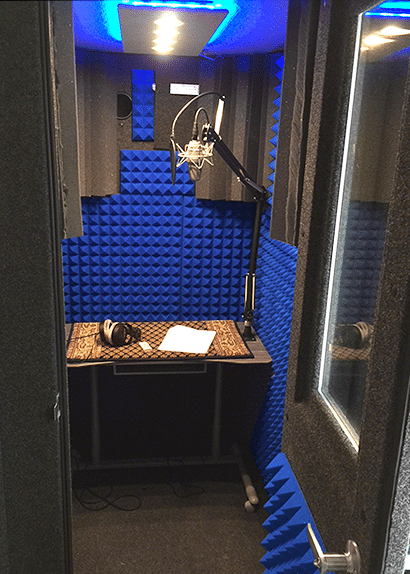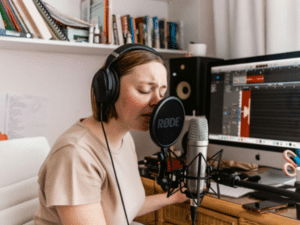How Can I Change The Interior “Sound” Of My WhisperRoom
By: WhisperRoom™
March 16, 2016



It’s a tough question because the answer depends on the specific application and setting the WhisperRoom is being used in. Let’s start by discussing the difference between “noise” and “sound”.
“Noise” is defined by Webster as “a sound that someone or something makes”. WhisperRooms are designed to reduce the amount of “noise” that is transferred in or out of the booth. For instance, a saxophone player who practices inside the WhisperRoom wants to reduce the noise from inside the booth (especially if he/she isn’t a very good player!). Standard (single-wall) WhisperRooms do an excellent job of reducing noise from inside the booth and many practicing musicians find the standard model to be an excellent choice. Consequently, someone who records music or voiceovers inside the WhisperRoom wants to reduce the noise from outside the booth. Depending on the ambient noise level outside the booth and the sensitivity of the microphone being used, and Enhanced (double-wall) WhisperRoom might be the better choice.
According to Webster, one of the technical definitions of “sound” is “mechanical radiant energy that is transmitted by longitudinal pressure waves in a material medium (as air) and is the objective cause of hearing”. Okay, so that definition is a little over my head! We prefer their second definition which is “the sensation perceived by the sense of hearing”, and this is the definition we refer to most often in regards to WhisperRoom. “Sound” is subjective!
All WhisperRoom booths are designed to be flexible in terms of sound. They come equipped with enough studio foam, which is a great absorber of sound, to cover 1/3 of the interior surface. The studio foam is a neutral interior treatment but some customers want the booth more “dead” sounding. So they add additional studio foam, sometimes lots of it. If the customer wants a more “live” sound, the studio foam can be removed altogether and the interior WhisperRoom walls will provide a little more reverb and/or reflection.
If a customer needs professional help with the interior WhisperRoom “sound”, we recommend they contact someone like George Whittam. For many years, George has worked with the recording and voiceover industries and has established himself as an expert in both acoustics and studio design. And, he’s helped lots of WhisperRoom owners. For over twenty-five years, WhisperRoom has been producing the world’s best and most flexible sound isolation booths.
We invite you to contact us at 800.200.8168 or email us at info@whisperroom.com.
Don’t forget to share this post!

